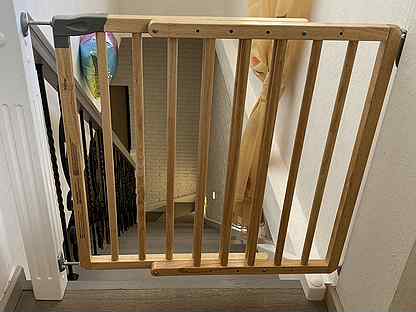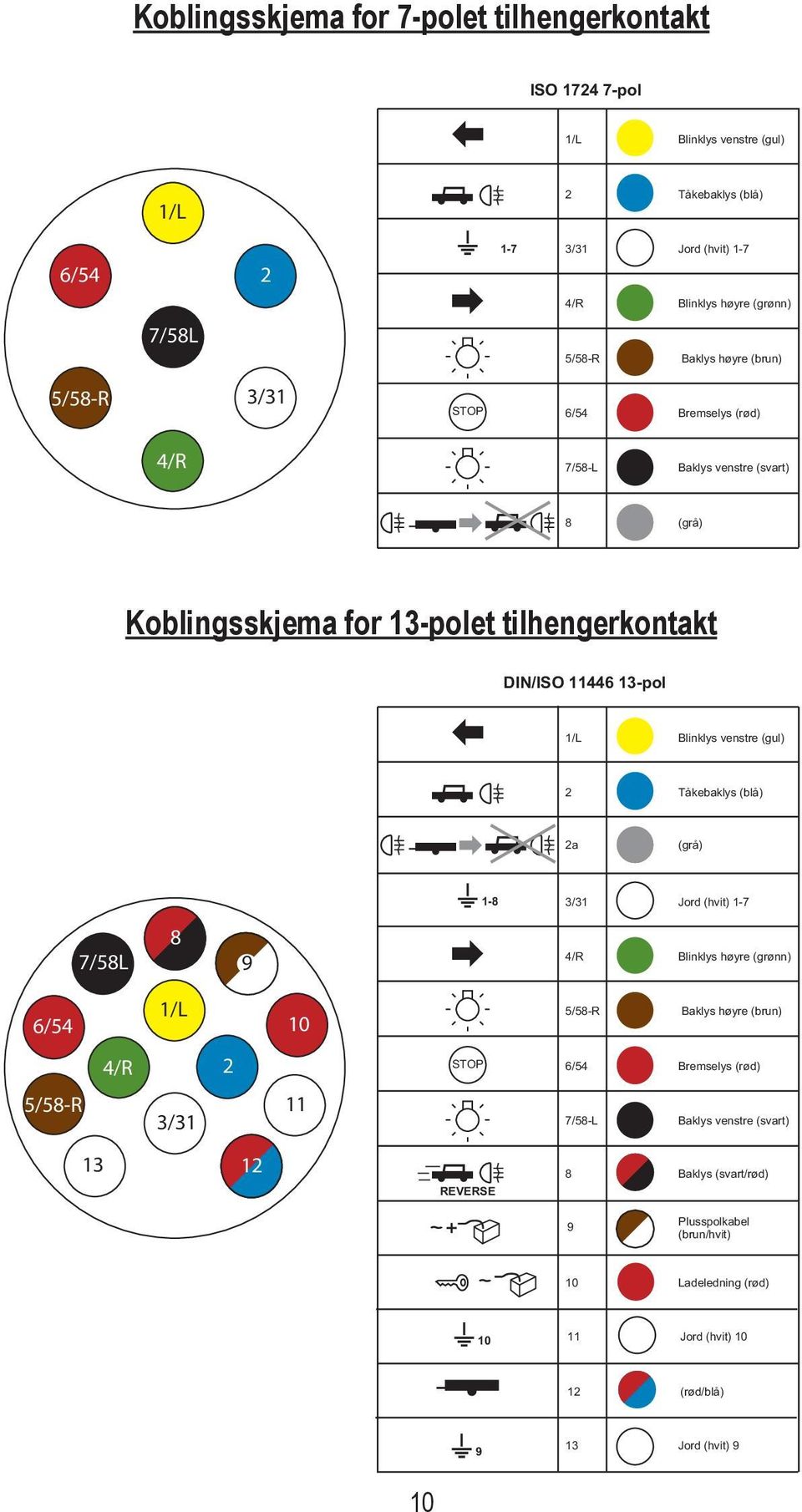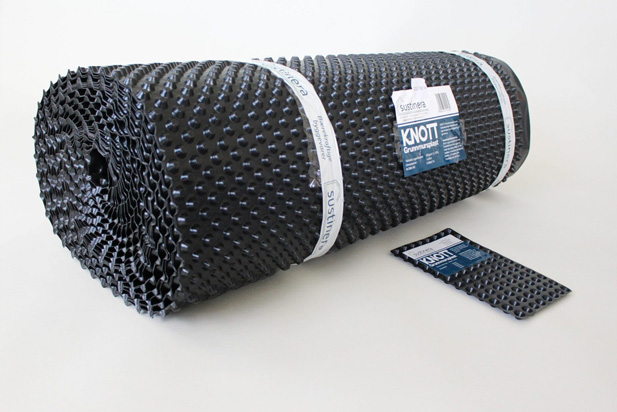Det blir opptil m høyt. Unge trær har en kjegleformet krone, mens eldre har en kuppelformet krone med kransstilte greiner. Bladene er bredt ovale, dypt hjerteformede, . It was previously included with tupelos in the dogwood family, Cornaceae.
It is native to South Central and Southwest China from Hubei to southern Gansu, south to . Våre erfaringer: Lite tre med brei krone.

To store kvite høgblad (av ulik størrelse) omkransar kvar blom. This presented a challenge . May not be reliably winter hardy throughout the St. Louis area where it should be planted in a protected location. The dove tree will surely become a focal point in your garden.
When the wind hits the bracts, they can sway and flutter, inspiring names like . It is always a treat to actually see some plant I have only read about! As he was later to relate, the scene was one of .

Davidia involucrata var. Major Threat(s):, It is a valuable ornamental tree and seed collecting coupled with high levels of habitat destruction, have caused the species to disappear from parts of its range. Photograph: Andrew Lydon. Some years ago The Times used to print a notice every year announcing that a particular tree in Kew Gardens was in flower.
Londoners, in enormous numbers, took the . The dove tree, also known as handkerchief tree, is an exquisitely beautiful and exotic tree from China and is the only species in its genus and forms a rounded tree that eventually grows 10–metres tall. In spring pairs of long drooping, white petal-like, heavily veined bracts frame a . The green seeds are held on long stalks after the leaves fall and can take over years to germinate. Place of Origin – southwestern China. Introduced into the UK by Ernest . DAVIDIA INVOLUCRATA – Handkerchief Tree Characteristics A deciduous tree which will grow to about 15m (50ft) in the wil the leaves are broadly ovate, heart shaped at the base and about 10cm (inches) long and toothed.
They resemble Large Leaved Lime (Tilia platyphyllos) leaves quite closely. It is a large tree, and should be planted where it has room to grow. The epithet involucrata refers to the bracts that enwrap the flowers. Attractive pairs of large, white flower-like bracts in late spring are a stand out feature of this highly sought after small tree. Requires a deep, rich, moist soil in a sheltered site.
Forms a handsome broadly conical tree with fragrant leaves.

Flowers develop into large plum-like fruit which attract birds. Learn more about Monrovia plants and best practices for best possible plant performance.





